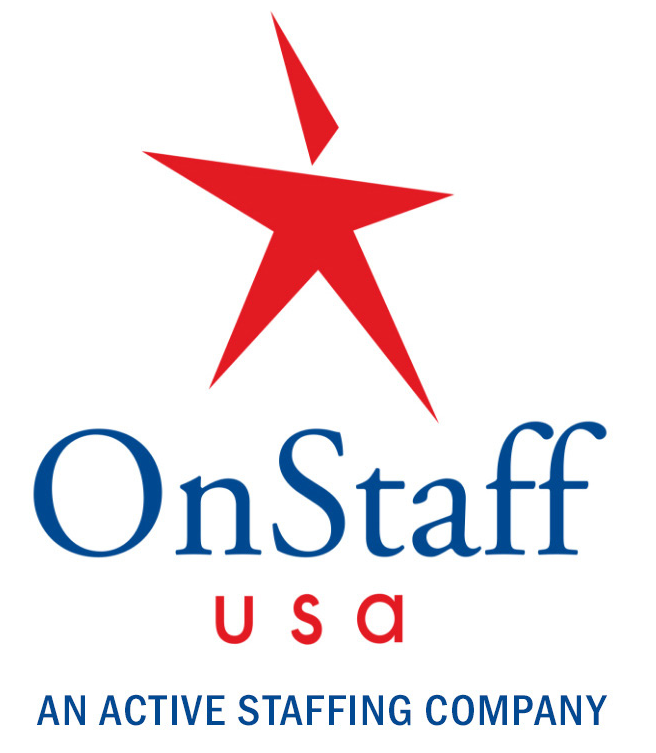Are You Ready for an Aging Workforce?
By Kim Burmeister

Today, older workers continue to participate in the workforce in strong numbers for a number of reasons, including better overall health and the need to build or supplement their retirement income. According to the Bureau of Labor Statistics, the number of workers between the ages of 55 and 64 is estimated to climb to 29.3 million by 2020 and make up almost 18% of the labor force. This increase in older workers emphasizes the need to understand the unique risks of this age group.
Potential age-related challenges
One of the challenges associated with older employees is the impact that they can potentially have on your organization’s workers’ compensation costs. These costs stem largely from the growth of employees with age-related medical conditions such as diabetes, arthritis and obesity that directly impact the frequency and severity of injuries. Claims with a comorbid condition are two to six times more costly than the average claim. This can result in a more complex and time-consuming process to prevent and manage workers’ compensation claims.
Accidents can always occur in the workplace, but the majority of work related injuries are preventable. Some injuries arise simply because the employee is not physically capable of safely performing the duties associated with the position. And claims for musculoskeletal and cumulative trauma disorders continue to increase as the proportion of aging workers grows.
Proactive strategies designed for our valued older workers to prevent and mitigate injuries can help to decrease workers’ compensation costs and have a positive effect on both workplace safety and healthcare costs.
Cost-control measures
These cost control measures are applicable to all job candidates and employees, but are especially valuable when attracting and retaining older workers:
-
Partner with a local healthcare clinic. Have the clinic conduct pre-placement physical exams, including either human performance evaluation testing or isokinetic testing. Ask the clinic’s medical director and those conducting pre-employment testing to visit your facility so they can better understand the nature of the work duties and potentially recommend safer methods to complete tasks.
-
Create clear, specific and accurate job descriptions. These job descriptions can be used to help determine if a job candidate can physically complete the essential job functions (e.g. lift 50 lbs. frequently from the floor to table height). Also, ensure that the job descriptions are compliant with the Americans with Disabilities Act (ADA). Provide these job descriptions to the clinic that performs the exams to help them better assess candidates’ physical capabilities and their ability to perform the essential job duties.
-
Employ safety and prevention programs. Provide ergonomically correct workstations and work areas. Implement a job rotation schedule if the work is repetitive in nature. Leverage alternative work options for flexibility and reduced work week.
-
Integrate your wellness program. Identify areas using your biometrics and claims data to focus your wellness solutions. Wellness solutions such as nutrition education and no-cost preventive care not only have a positive impact on all employees’ health, but also can decrease the impact of workplace injuries.
Kim Burmeister is part of the risk management team with Associated Benefits and Risk Consulting where she engages clients by identifying their needs and formulating solutions to reduce claims costs, streamline communication, and improve compliance. She has 30 years of experience in the insurance and risk management community. Prior to her current position, Kim owned her own firm where she designed and implemented employer driven workers’ compensation cost containment programs for local and national companies. Kim holds a BA from St. Mary’s University.
